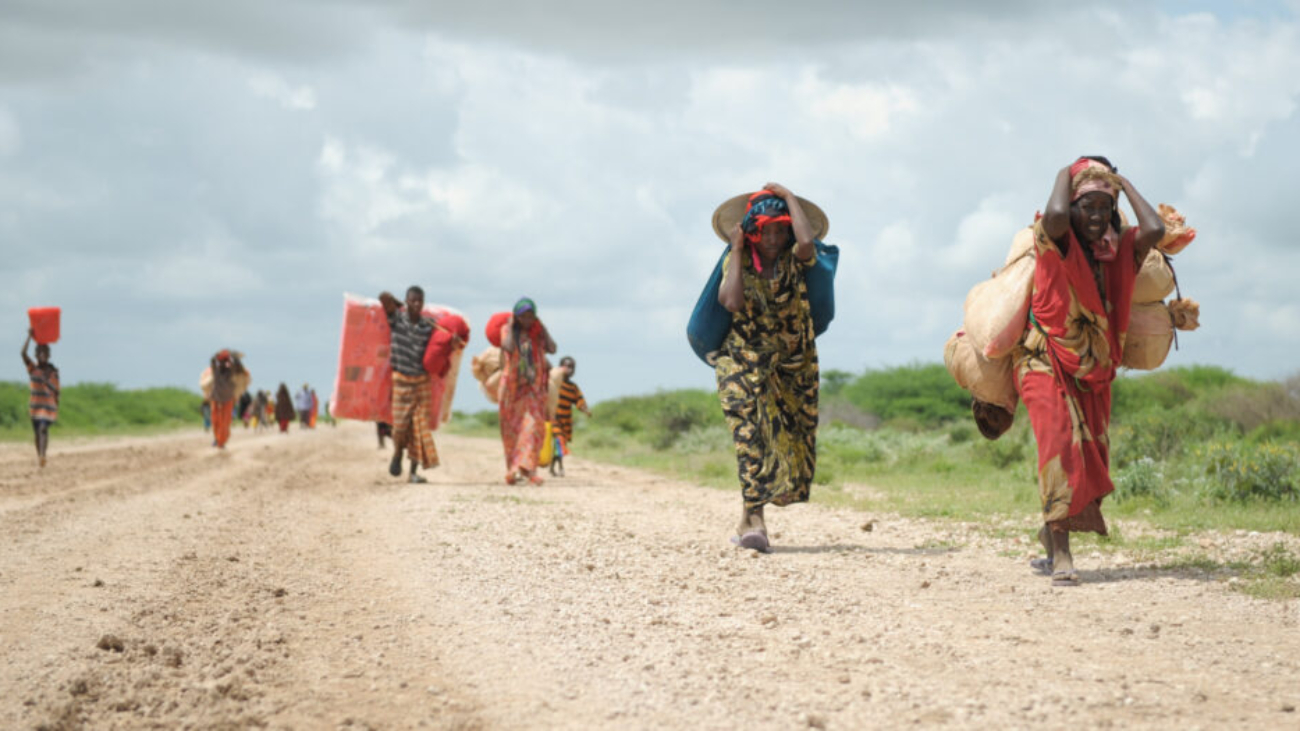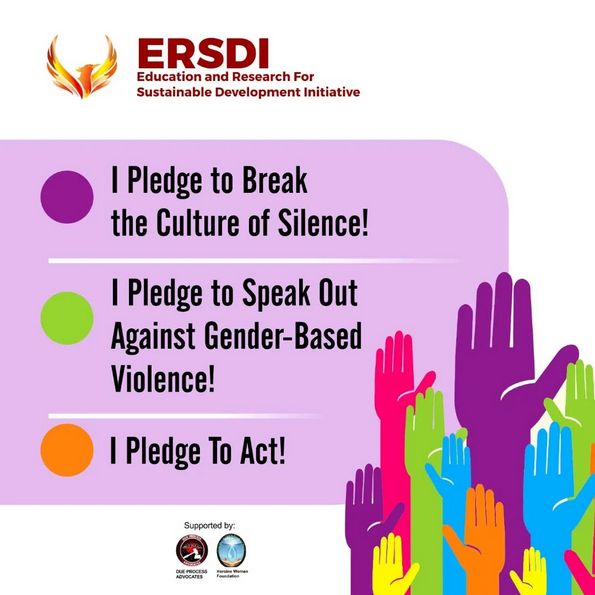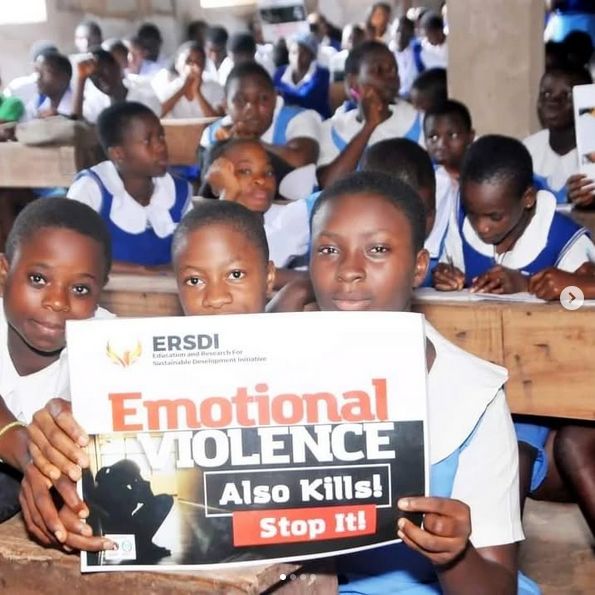Background
Gender-based violence (GBV) poses a significant global threat to human rights, public health and attaining the Sustainable Development Goals. There is a growing emphasis on researching to identify issues and understand the experiences of women relative to GBV. The increasing demand for policymakers and public health practitioners to adopt evidence-based approaches in addressing GBV highlights the need for research prioritization on experiences of GBV among women in resource-limited settings such as sub-Saharan Africa. This paper explored GBV among women in 25 sub-Saharan African (SSA) countries to identify and present key intervention priority areas for addressing GBV in these settings.
Methods
The study involved a cross-sectional analysis of a nationally representative dataset from the Demographic and Health Survey of 25 SSA African countries. Data was analyzed descriptively and inferentially using the Pearson chi-square (X2) at a p < 0.05.
Results
Findings revealed that women aged 25–29, living in rural areas and with primary education were at a significant risk of experiencing GBV across 25 SSA countries. A notable 44.94% of women reported experiencing at least one form of GBV, with the prevalence varying by country. Women in Comoros had the lowest reported prevalence (10.76%), while Sierra Leone women had the highest (60.27%), followed by Uganda (56.92%). Emotional and physical violence were most prevalent in Sierra Leone, while sexual violence was most common in Burundi and the Democratic Republic of Congo.
Discussion
This study highlights the urgent need for targeted …
Scholar articles
LN Katende-Kyenda, JI Ani – Frontiers in Public Health, 2025



